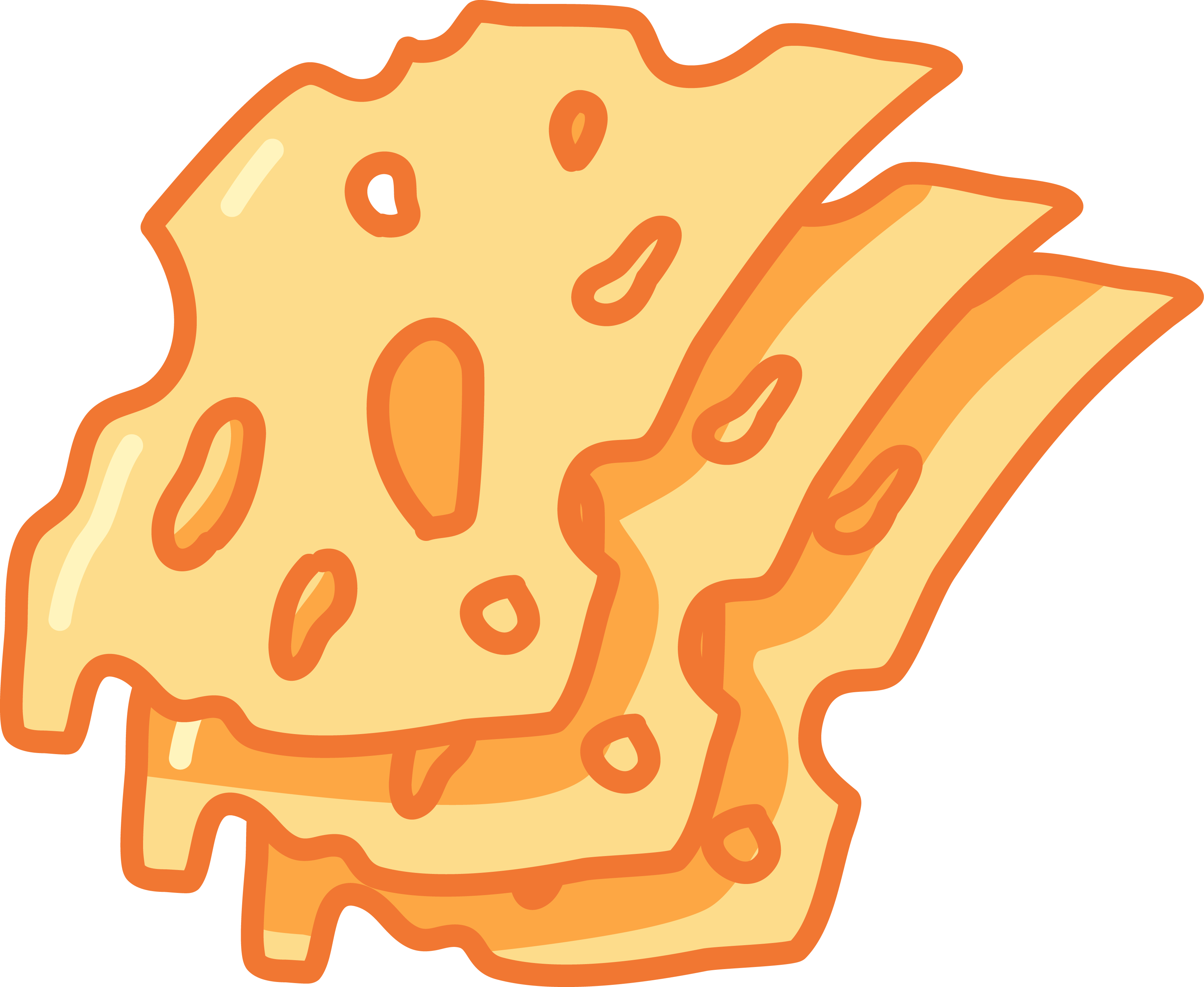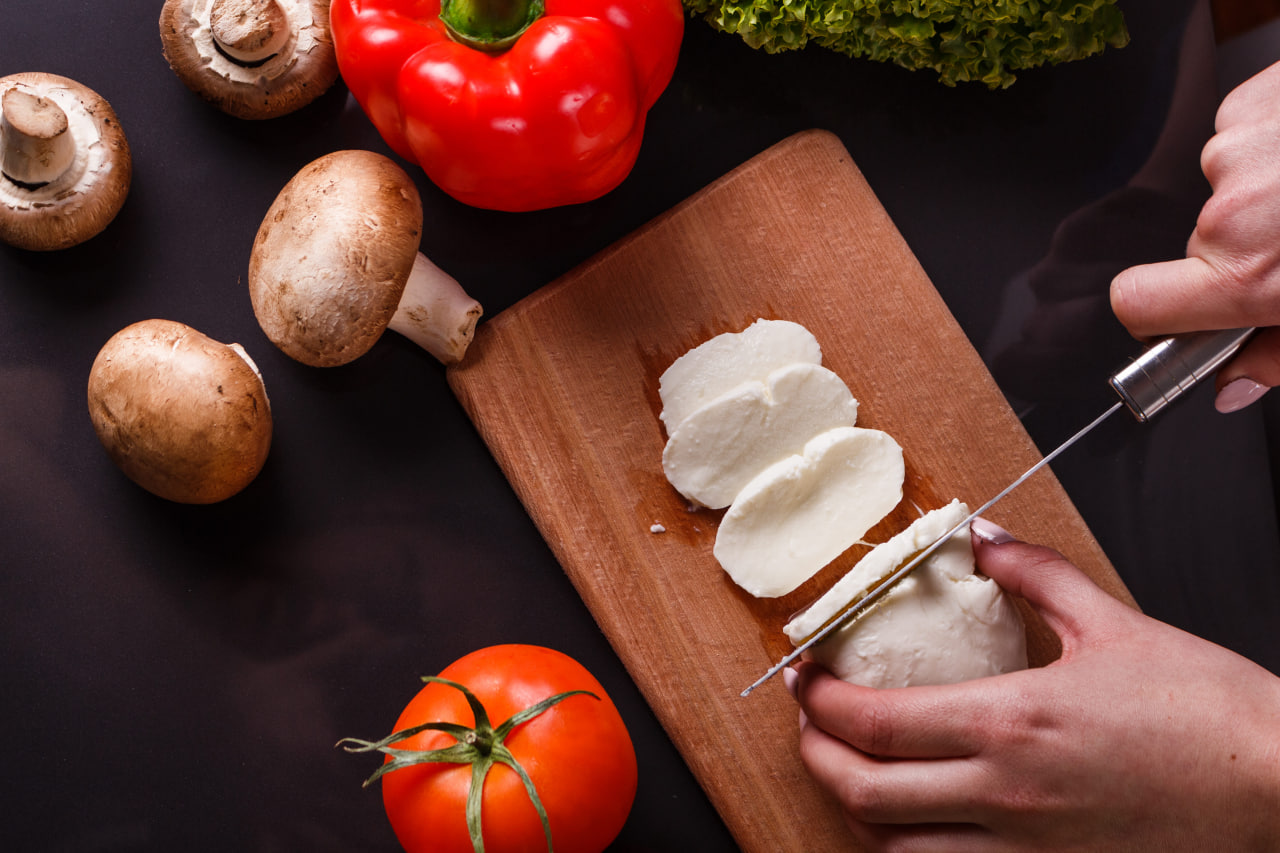Cheese cultures play a crucial role in the cheesemaking process, influencing everything from flavor and aroma to texture and shelf life. Understanding how different bacterial cultures work will help you craft cheeses with distinct characteristics, whether creamy, tangy, or aged to perfection.
1. What Are Cheese Cultures?
Cheese cultures are specific strains of bacteria added to milk to acidify it, break down proteins, and develop unique textures. They also contribute to the final taste and aroma of the cheese. These beneficial bacteria consume lactose and produce lactic acid, which helps curd formation and inhibits harmful microbes.
2. Types of Cheese Cultures
Different cheeses require different cultures to achieve their signature characteristics:
- Mesophilic Cultures – Used for soft and semi-hard cheeses like Cheddar, Gouda, and Brie. These cultures thrive at lower temperatures (20-40°C).
- Thermophilic Cultures – Heat-resistant cultures ideal for harder cheeses like Parmesan, Gruyère, and Swiss cheese, thriving at higher temperatures (40-55°C).
- Mold & Surface-Ripening Cultures – These include Penicillium candidum (for Brie and Camembert) and Penicillium roqueforti (for blue cheeses), which give the cheese its distinctive texture and flavor.
3. Choosing the Right Culture for Your Cheese
Each culture combination affects the cheese’s final taste, texture, and aging process. Here are a few key considerations:
- For a mild, buttery cheese – Use mesophilic cultures like MA4001 or Flora Danica.
- For a sharper, tangier cheese – Opt for cultures that produce more lactic acid, like Lactoferm or MA4002.
- For a creamy, bloomy rind cheese – Add Penicillium candidum and Geotrichum candidum.
- For a pungent, washed-rind cheese – Use Brevibacterium linens for a classic aroma.
4. Storing and Handling Cultures Properly
Cheese cultures are highly perishable and should be stored in the freezer to maintain their potency. When using them, measure carefully—too much or too little can significantly impact the final product.
By mastering cheese cultures, you can experiment with flavors and textures to create truly unique and artisanal cheeses at home.

